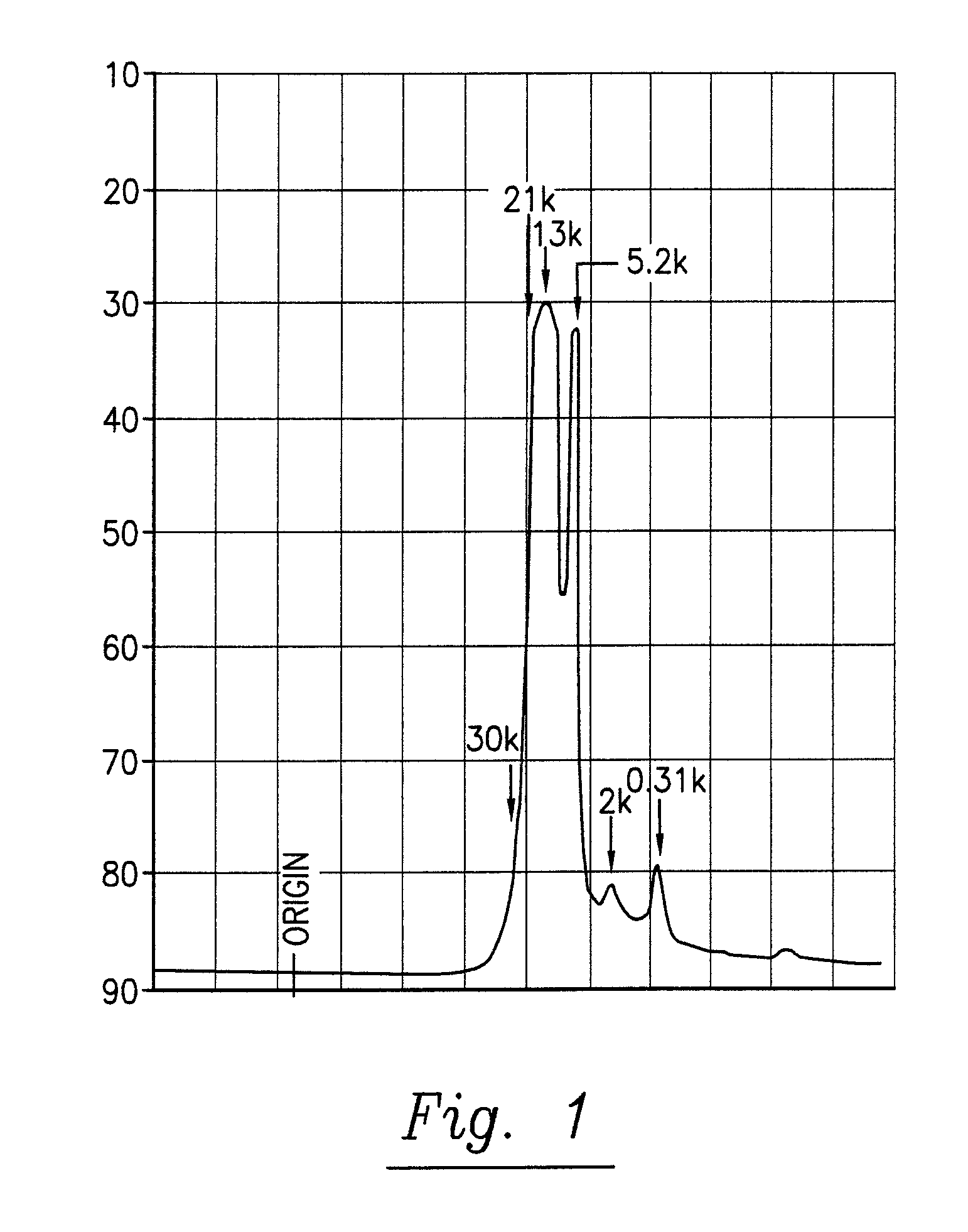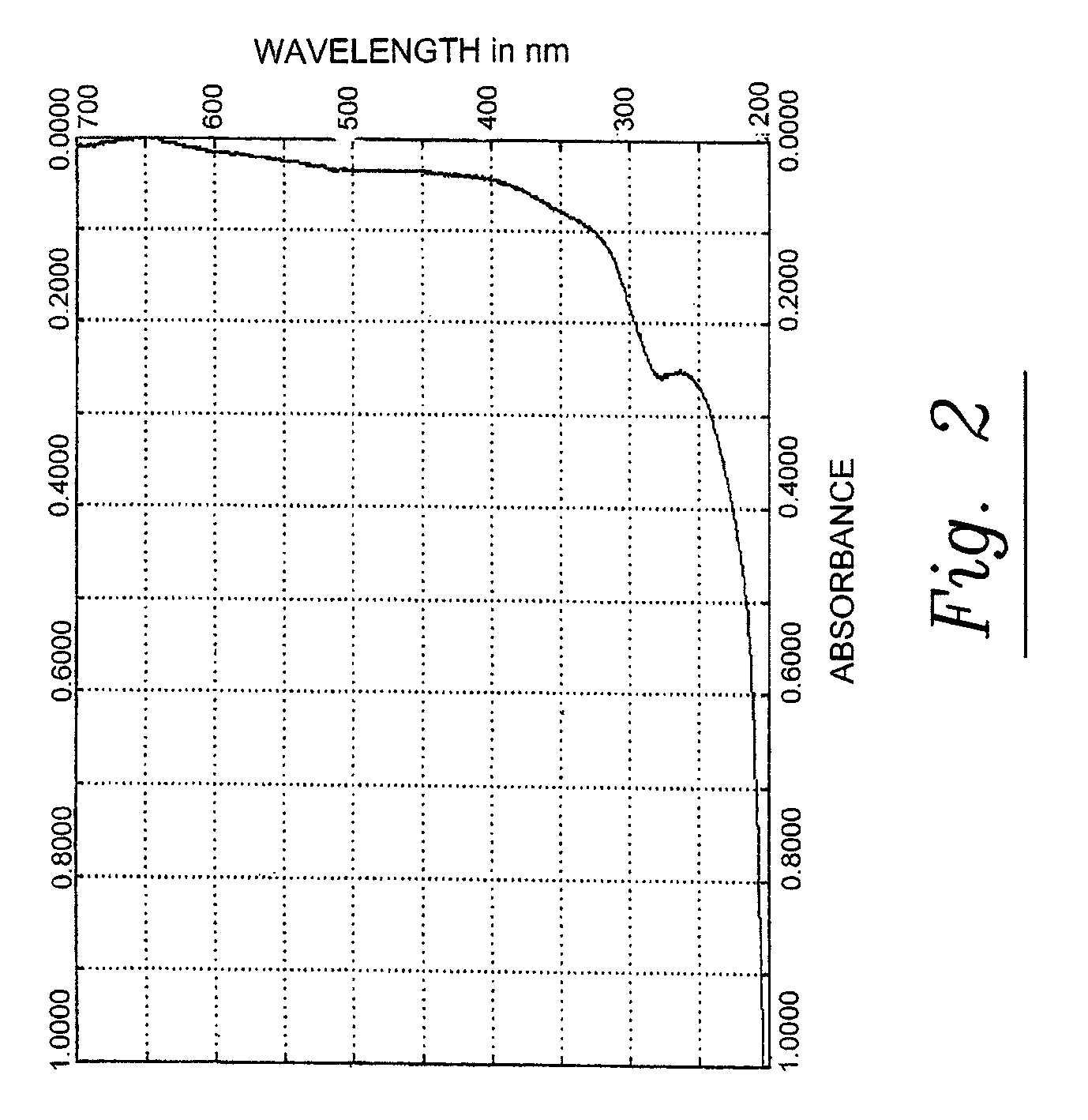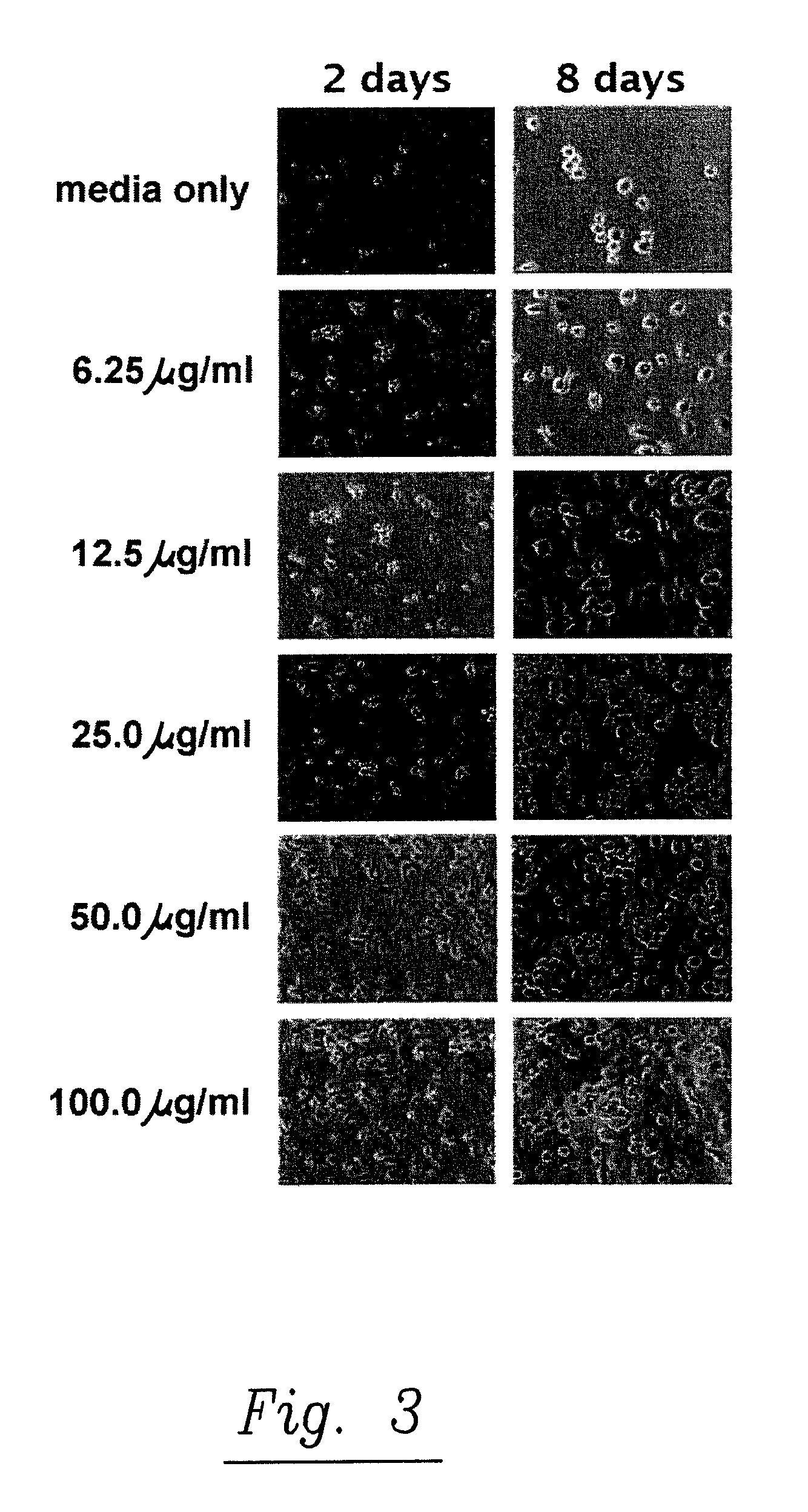Plant extracts and uses thereof
a technology of plant extracts and alkaline extracts, which is applied in the field of preparation of alkaline extracts, can solve the problems of wear and tear, many types of adaptive immune responses are not successful, and the duration of vaccination is not always satisfactory, so as to enhance and/or improve the immune response, enhance the effect of nucleic acid vaccines and medicaments, and improve the effect of immune respons
- Summary
- Abstract
- Description
- Claims
- Application Information
AI Technical Summary
Benefits of technology
Problems solved by technology
Method used
Image
Examples
example 1
Preparation of a Pine Cone Extract According to Phase 1
[0152]This example illustrates the production of pine cone extracts (PCE) according to Phase 1. Commercially available shredded pine cone material from International Forest Company such as, loblolly pine, slash pine and long leaf pine is provided. 5 kg of the shredded pine cone material is washed twice in about 10 liters of deionized water. The washed pine cone material is then defatted by briefly washing it in 10 liters of 95% ethanol with agitation. The pine cone material is air dried over night and can be stored at room temperature (18-25° C.) if not used immediately.
[0153]The cleaned and defatted pine cone material is ground to a particle size of approximately 80-120 mesh in a blender. Of this ground material, 600 g are placed in a 20 1 spinner flask. 4.5 1 of 1% w / w aqueous potassium hydroxide solution are added. The opening of the flask is plugged with a cotton ball wrapped with cheesecloth. The flask is then autoclaved fo...
example 2
Preparation of a Pine Cone Extract According to Phase 2 of Example 1
[0157]This example illustrates the production of pine cone extracts according to Phase 2.
[0158]15 ml of the pine cone extract of example 1 is placed in a sterile 50 ml conical polypropylene centrifuge bottle (Millipore Ultrafree-15 centrifugal concentrator, Fisher cat. no. UFV2 BTK 10) and centrifuged for 1 h at 2000×g (Eppendorf model 5810R centrifuge) (room temperature to 4° C.). The retentate fraction is drawn off and saved. The filtrate, containing molecules smaller that 30 kDa is discarded.
[0159]The retentate fraction is suspended in 10 mM aqueous potassium hydroxide buffer at pH 7.0 to produce a final extract volume of 15 ml.
[0160]The suspended retentate fraction (extract Phase 2) is sterilized by vacuum filtration with a 0.2 μm filter (Nalgene PES membrane, cat. no. 124-0020).
[0161]The sterilized pine cone extract of Phase 2 is then ready to be used. It can be stored in a refrigerator.
example 3
Properties of Pine Cone Extracts of Examples 1 and 2
[0162]This example illustrates the properties of pine cone extracts according to methods 1 and 2.
[0163]The pine cone extracts of phase 1 and 2 are brown liquids. They are miscible with water, with mixtures of water and ethanol and with acetone. They comprise polysaccharides and polyphenylpropenoids. The molecular weights of the main components are given in table 3. A fast protein liquid chromatography (FPLC) spectrum of the pine cone extract of Phase 1 is given in FIG. 1. An UV / VIS absorption spectrum of the pine cone extract of Phase 1 is given in FIG. 2.
[0164]
TABLE 3Molecular weights of pine cone extract main componentsComponent nr.Extract of Phase 1 [kDa]Extract of Phase 2 [kDa]1>30>30221.0—313.5—43.6—52.1—
PUM
| Property | Measurement | Unit |
|---|---|---|
| temperature | aaaaa | aaaaa |
| particle size | aaaaa | aaaaa |
| average molecular mass | aaaaa | aaaaa |
Abstract
Description
Claims
Application Information
 Login to View More
Login to View More - R&D
- Intellectual Property
- Life Sciences
- Materials
- Tech Scout
- Unparalleled Data Quality
- Higher Quality Content
- 60% Fewer Hallucinations
Browse by: Latest US Patents, China's latest patents, Technical Efficacy Thesaurus, Application Domain, Technology Topic, Popular Technical Reports.
© 2025 PatSnap. All rights reserved.Legal|Privacy policy|Modern Slavery Act Transparency Statement|Sitemap|About US| Contact US: help@patsnap.com



